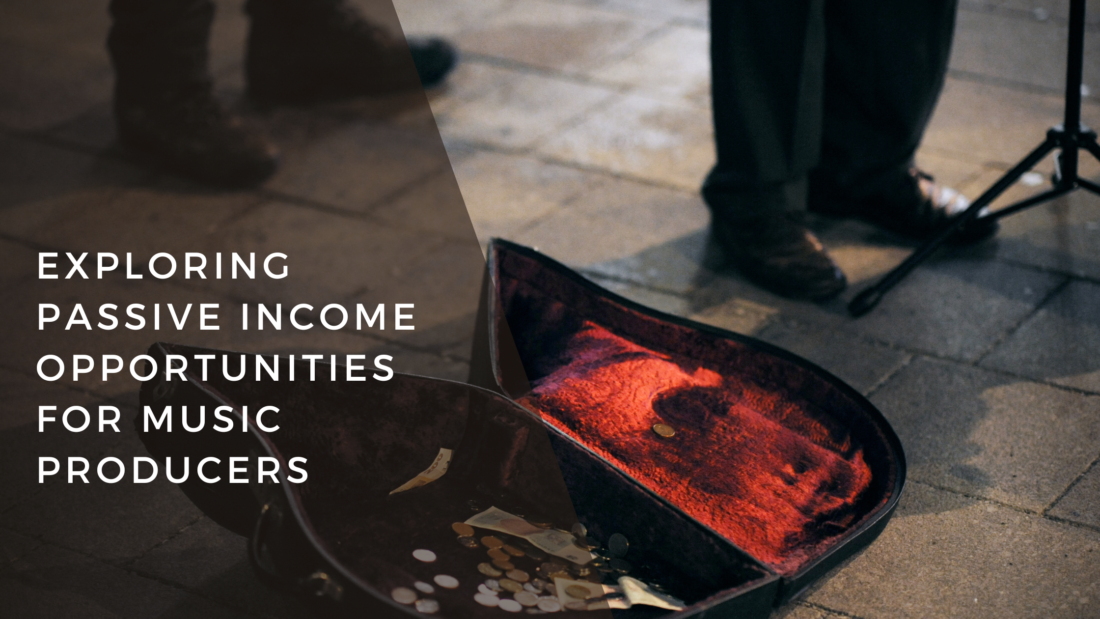Exploring Passive Income Opportunities for Music Producers
Introduction: Passive income is a sought-after avenue for many music producers, offering the potential to generate revenue without constant time and effort. In this article, we will explore four different ways music producers can generate passive income. We will discuss the challenges involved in getting started, earning $100 per month, and maintaining and growing each income stream.
YouTube: A Platform for Content Creators YouTube stands as one of the most popular platforms for content creators, including music producers. While starting a YouTube channel is relatively simple, growing it requires dedicated work. Content creation, video production, editing, and engaging with viewers are all essential components of building a successful channel. Monetization on YouTube requires reaching 1,000 subscribers and 4,000 watch hours, which typically takes time and consistent content creation. Although earning $100 per month from YouTube can be challenging, the long-term potential for passive income exists, as older videos continue to generate revenue.
Sample Packs: A Lucrative Opportunity Creating and selling sample packs is another avenue for generating passive income as a music producer. The initial process of designing, organizing, and marketing a sample pack can be time-consuming. However, once the pack is available for sale, ongoing maintenance is minimal. Selling just a few packs can help producers achieve the $100 per month milestone. The key to success is providing valuable and high-quality content that resonates with customers. Longevity in this market allows for continued sales and the potential for substantial passive income.
Royalties: Earning From Music Streams Earning royalties from music streams, particularly on platforms like Spotify, is a viable income source for music producers. While getting started may seem challenging, making initial earnings can be attainable through playlist placements and increased exposure. Maintaining and growing this income stream requires consistency and aligning with listeners’ preferences. The more streams artists accumulate, the more money they can earn. By building a catalog and consistently releasing music, producers can create a passive income stream over time.
Selling Beats: Capitalizing on the Market Selling beats online is a popular way for music producers to generate passive income. However, standing out in a competitive market is crucial. High-quality beats that resonate with artists’ preferences are essential for success. Selling just a few beats can help achieve the $100 per month target. It is important to continuously refine and improve the quality of beats to attract artists and build long-term relationships. Once an artist finds a producer who consistently delivers high-quality beats, they are more likely to continue working together, leading to sustained income.
Conclusion: Generating passive income as a music producer requires dedication, hard work, and a focus on quality. While the initial stages of establishing income streams can be challenging, the potential for long-term passive income is significant. Whether through YouTube, sample packs, royalties, or selling beats, music producers can capitalize on their creativity and monetize their work beyond traditional methods. By consistently providing value and quality to their audience, music producers can create sustainable passive income streams and regain control of their time and creative pursuits.



